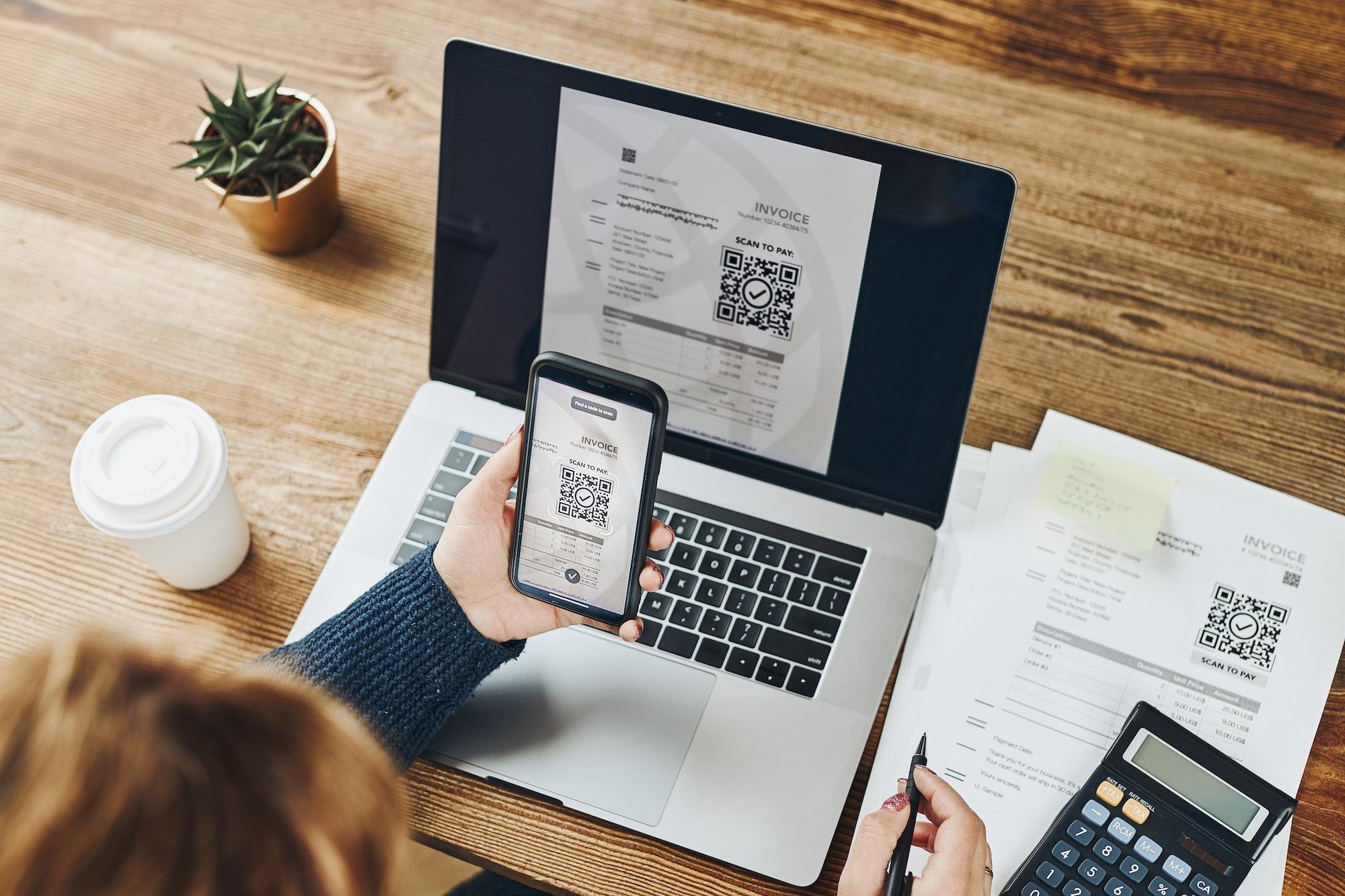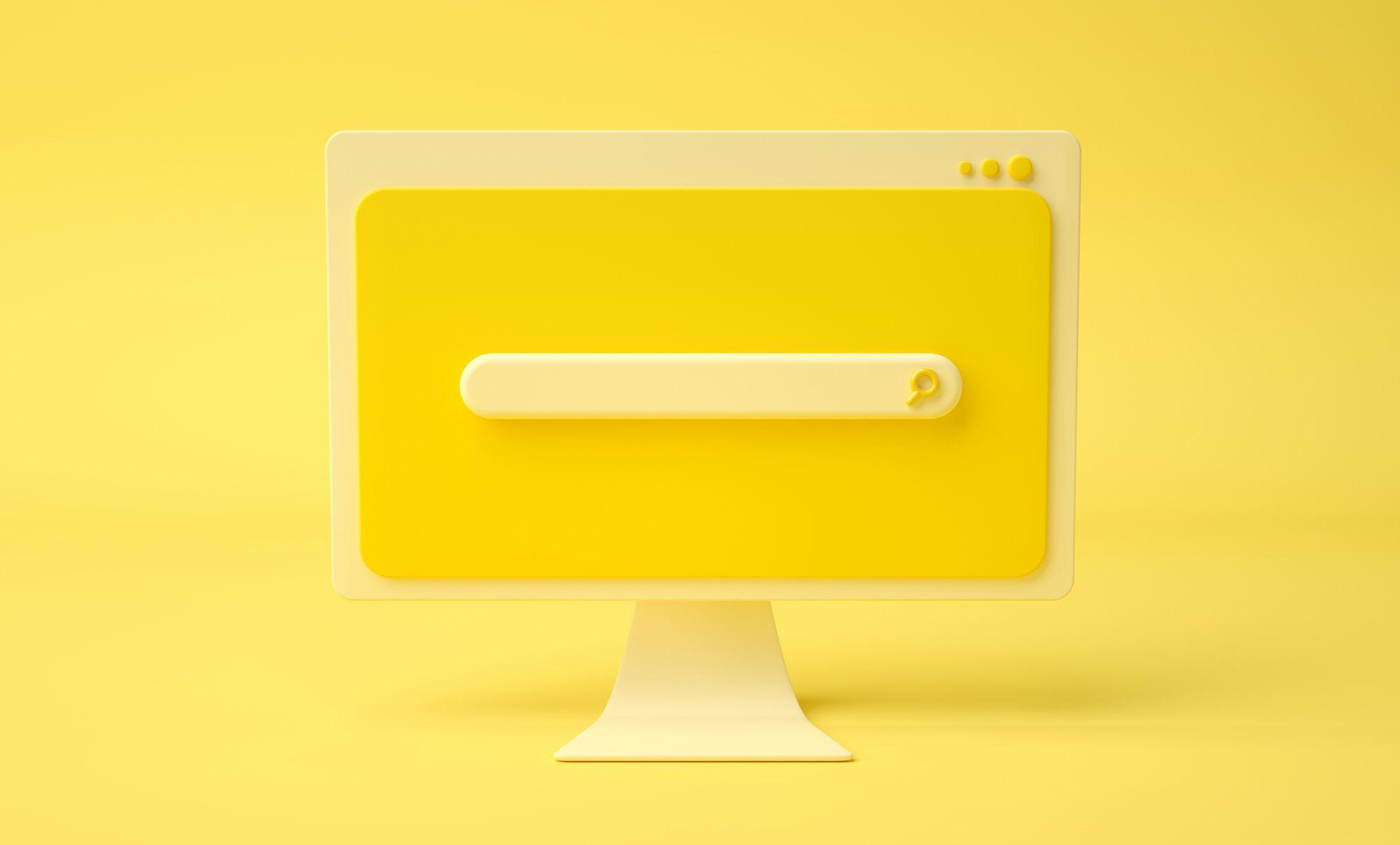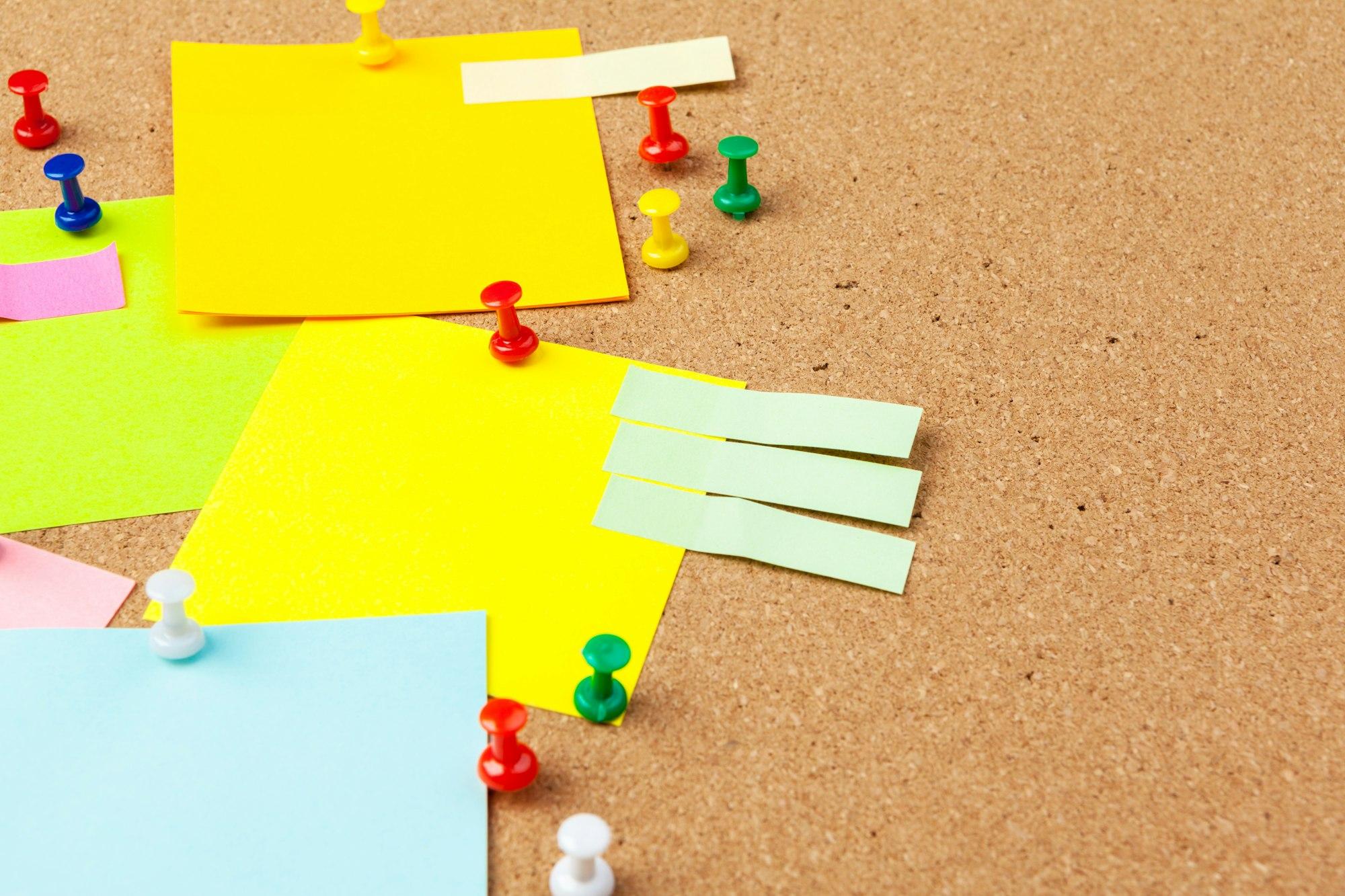
In today’s fast-paced world, where every minute counts, maximizing productivity has become paramount. Whether you’re a student juggling classes, a professional working remotely, or a busy parent managing household chores, a productivity planner can be your secret weapon to achieving more in less time.
In this comprehensive guide, we’ll explore the world of productivity planners, productivity quotes, and much more to help you boost your efficiency and accomplish your goals.
1. Understanding Productivity and Productivity Planners
– Productivity vs. Efficiency: What’s the Difference?
Before diving into the realm of productivity planners, it’s essential to grasp the distinction between productivity and efficiency.
Productivity is all about achieving more output with the same amount of input, while efficiency focuses on accomplishing tasks with the least amount of wasted resources.
Think of productivity as working smarter and efficiency as working faster. Both are crucial, but a productivity planner primarily helps you enhance productivity.
– Productivity and Efficiency: The Duo of Effectiveness
Productivity and efficiency are like the dynamic duo of effectiveness. When you combine them, you create a powerhouse for achieving your goals.
It’s not just about getting things done; it’s about getting the right things done in the most effective way possible.
So, as we explore the world of productivity planners, keep in mind that these tools are your allies in this quest for optimal performance.
– What is a Productivity Planner?
A Productivity Planner is a tool designed to help individuals manage their time, tasks, and goals more effectively.
It typically includes features for setting priorities, tracking progress, and organizing daily, weekly, or monthly schedules. Productivity Planners come in various formats, from digital apps to paper-based journals.
They aim to enhance productivity by providing a structured framework for task management, goal setting, and time allocation.

2. Choosing the Right Productivity Planner
When it comes to selecting the perfect productivity planner, you’re spoiled for choice.
From sleek digital apps to elegant paper planners, there’s a solution to suit every preference.
You can even find productivity planners tailored to specific needs, like remote work productivity or sales productivity.
– Productivity Planners: Your Personal Guide
To narrow down your options, let’s explore some of the best productivity planners available.
Whether you’re a digital enthusiast or prefer the tactile feel of paper, there’s a planner that can cater to your needs:
Using a Digital Productivity Planner
If you’re always on the go, consider using digital productivity apps like iPad productivity apps or Mac productivity apps.
Indeed, these tools offer flexibility and real-time updates, making them ideal for remote work productivity.
Plus, they often come with features like task prioritization, goal tracking, and collaboration tools to keep you on top of your game.
Using Paper Productivity Planner
Traditionalists often swear by paper planners. They allow for a tangible connection with your tasks and come in various designs, such as the ever-popular productivity journal.
With paper planners, you can physically jot down your goals and check them off as you go, providing a sense of accomplishment that’s hard to replicate digitally.
– Download Our Free Productivity Planner Template
Click here to download our free productivity planner template. You can download it and use it for your daily needs.
– Productivity Coach
Some individuals prefer personalized guidance. Hiring a productivity coach can provide you with tailored strategies and motivation to stay on track.
A coach can help you set clear objectives, identify time-wasting habits, and develop a customized productivity plan that aligns with your unique goals.
– Efficiency vs. Productivity: Finding the Productivity Planner Balance
It’s crucial to strike a balance between efficiency and productivity. While productivity focuses on output, efficiency emphasizes resource optimization.
By understanding this delicate equilibrium, you can make the most of your chosen planner by optimizing your workflow.
Remember, it’s not just about doing more; it’s about doing more with less.
– Free Productivity Planner Apps: A Cost-Effective Solution
If you’re budget-conscious, fear not! Many free productivity apps offer a wide range of features to help you organize your life effectively.
They may not have all the bells and whistles of premium options, but they get the job done without breaking the bank.
These apps are particularly useful for students, freelancers, and small business owners looking to enhance their productivity without incurring additional expenses.
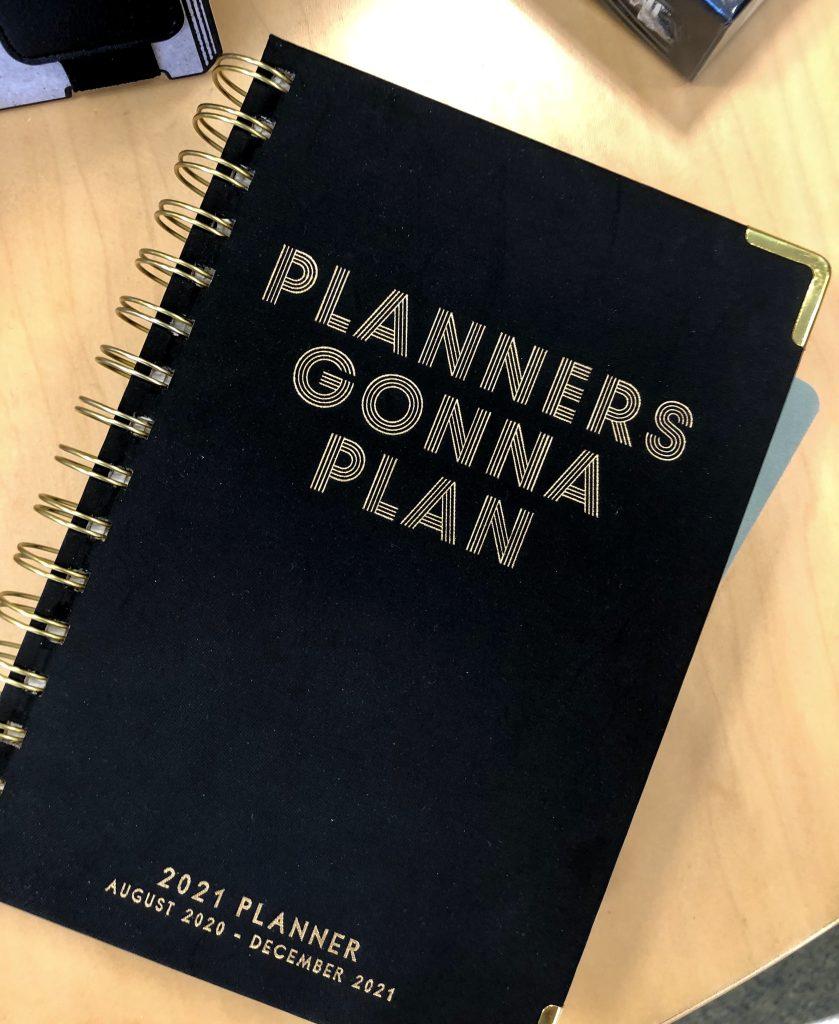
3. Boosting Your Productivity With Your Productivity Planner
Now that you’ve chosen your productivity planner, it’s time to supercharge your efficiency.
Let’s explore some actionable tips and tools to help you make the most of your planner.
– Productivity Quotes: Inspiration for Success
Staying motivated is often half the battle when it comes to productivity. That’s where productivity quotes come into play.
indeed, these nuggets of wisdom from renowned thinkers can serve as a source of inspiration on your journey towards increased efficiency.
Let’s delve into some powerful productivity quotes that can ignite your passion for accomplishing great things:
- “Productivity is being able to do things that you were never able to do before.” – Franz Kafka
- “The best way to predict the future is to create it.” – Peter Drucker
- “Productivity is not about being busy; it’s about being effective.” – Unknown
- “Success usually comes to those who are too busy to be looking for it.” – Henry David Thoreau
- “You don’t have to see the whole staircase, just take the first step.” – Martin Luther King Jr.
These quotes remind us that productivity is not merely about completing tasks; it’s about transformation and progress.
Each day presents an opportunity to move closer to your goals, and these words of wisdom can serve as your daily dose of motivation.
– AI Productivity Tools: The Future of Efficiency
In today’s digital age, artificial intelligence is making waves in the productivity landscape.
AI productivity tools can automate tasks, provide valuable insights, and help you manage your time more effectively.
Imagine having a virtual assistant that can:
- Prioritize Tasks: AI-powered tools can analyze your to-do list and recommend the most important tasks based on deadlines and priorities.
- Schedule Meetings: They can identify optimal meeting times for all participants, reducing the back-and-forth of scheduling.
- Automate Repetitive Work: AI can handle routine tasks like data entry, email responses, and report generation, freeing up your time for more meaningful work.
- Analyze Data: AI can process large datasets, extract valuable insights, and generate reports, allowing you to make data-driven decisions.
- Provide Personalized Recommendations: AI can analyze your work patterns and suggest improvements to enhance your productivity.
One of the most exciting aspects of AI productivity tools is their ability to adapt and learn from your behaviors over time.
As they become more familiar with your work style, they become increasingly effective in helping you achieve your goals.
Whether it’s a chatbot that handles customer inquiries or a virtual assistant that manages your calendar, AI is transforming the way we work.
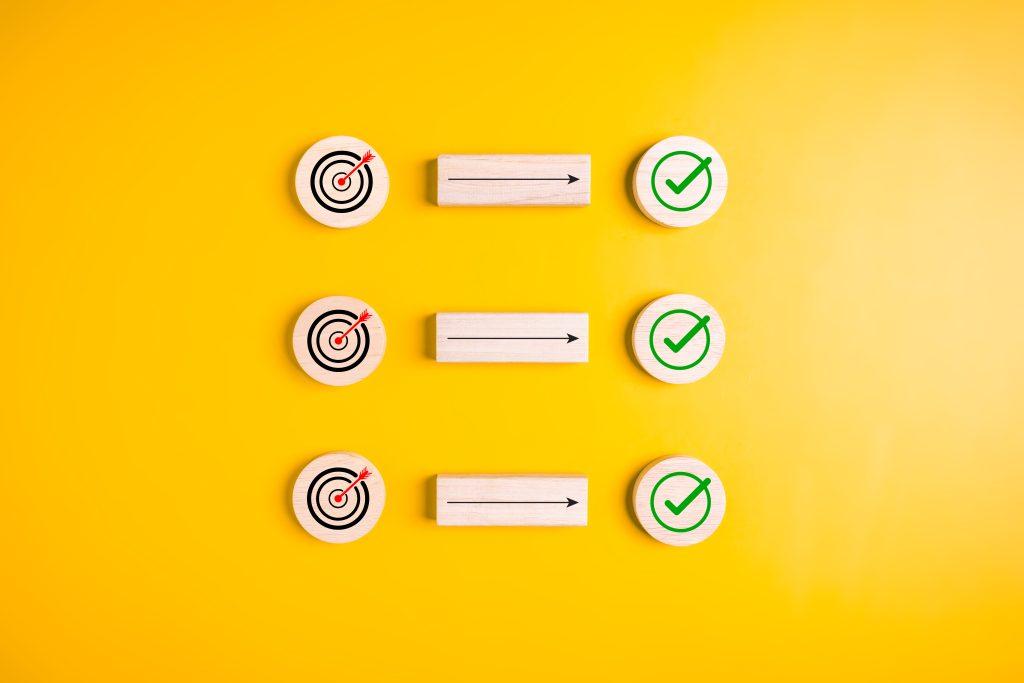
4. Overcoming Productivity Challenges
Even with the best productivity planner by your side, challenges can arise.
From productivity anxiety to the distractions of remote work, it’s essential to address these obstacles head-on.
Let’s explore strategies to conquer common productivity challenges:
– Productivity Paranoia: Don’t Let It Hold You Back
Do you ever find yourself second-guessing your productivity?
This phenomenon, known as productivity paranoia, can hinder your progress.
Here are some steps to combat productivity paranoia:
- Set Clear Goals: Define specific, achievable goals for each day or week. When you have a clear direction, it’s easier to measure your progress.
- Track Your Accomplishments: Keep a record of what you’ve achieved. This can be as simple as a checklist or a more elaborate journal. Reviewing your accomplishments can boost your confidence.
- Break Tasks into Smaller Steps: Large tasks can feel overwhelming. Break them down into smaller, manageable steps to make progress more achievable.
- Practice Mindfulness: Mindfulness techniques, such as meditation and deep breathing, can help reduce anxiety and improve focus.
- Celebrate Small Wins: Recognize and celebrate your successes, no matter how minor they may seem. Positive reinforcement can boost your motivation.
Remember, productivity is not about perfection; it’s about progress. Embrace the journey, and don’t let productivity paranoia hold you back.
– Remote Work Productivity: Thriving in a Digital World
The rise of remote work has brought both opportunities and challenges.
Let’s find some strategies to excel in a digital workspace and maintain high levels of remote work productivity.
Remote work offers flexibility, but it also comes with unique challenges, such as:
- Distractions at Home: Create a dedicated workspace free from distractions. Consider noise-cancelling headphones if you need to block out noise.
- Isolation: Stay connected with colleagues through video calls and chat tools. Schedule virtual team meetings to maintain a sense of camaraderie.
- Time Management: Use time-tracking apps for time management and to monitor your work hours, and ensure a healthy work-life balance.
- Self-Motivation: Set daily and weekly goals to stay motivated. Reward yourself for achieving milestones.
- Communication: Communicate proactively with your team to ensure everyone is on the same page. Use project management tools to collaborate effectively.
Remote work can be highly productive when approached strategically. By implementing these tips, you can thrive in a digital world.
– Sales Productivity: Strategies for Success
Sales professionals often face unique productivity challenges. Explore proven methods and tools to boost sales productivity and achieve your targets effectively. Here are some strategies for sales productivity:
- Sales Pipeline Management: Use a sales CRM (Customer Relationship Management) system to manage leads, track interactions, and prioritize prospects.
- Effective Communication: Develop strong communication skills to build rapport with clients and close deals more efficiently.
- Time Blocking: Dedicate specific time blocks to prospecting, follow-ups, and administrative tasks to maintain focus.
- Sales Training: Invest in ongoing sales training to stay updated on industry trends and sales techniques.
- Data Analysis: Analyze sales data to identify patterns, customer preferences, and opportunities for upselling or cross-selling.
Sales productivity isn’t just about making more calls; it’s about making every interaction count. By adopting these strategies, you can boost your sales effectiveness and achieve your goals.

5. The Power of Knowledge
Knowledge is a key driver of productivity. Whether you’re seeking the best books on productivity, listening to productivity podcasts, or exploring the benefits of different strains, like the best daytime strains for productivity, expanding your horizons can lead to breakthroughs in efficiency. Let’s delve deeper into the power of knowledge:
– Productivity Books: A Wealth of Wisdom
Dive deeper into the world of productivity by exploring some of the best books on productivity. These books offer valuable insights and actionable strategies to help you reach new heights in your productivity journey. Here are some highly recommended productivity books:
- “Getting Things Done” by David Allen: This classic book introduces the GTD (Getting Things Done) methodology for organizing tasks and reducing stress.
- “Atomic Habits” by James Clear: Learn how to build and maintain productive habits that lead to long-term success.
- “The Power of Habit” by Charles Duhigg: Explore the science behind habit formation and discover how to change habits for the better.
- “Deep Work” by Cal Newport: Uncover the benefits of deep, focused work and strategies for minimizing distractions.
Reading these books can provide you with a wealth of knowledge and practical tips to enhance your productivity.
– Productivity Podcasts: Learning on the Go
If you’re constantly on the move, productivity podcasts can be your go-to resource. Tune in to hear experts share their tips and experiences, helping you stay motivated and informed. Here are some popular productivity podcasts to add to your playlist:
- “The Tim Ferriss Show”: Tim Ferriss interviews world-class performers and explores their strategies for success and productivity.
- “The Productivity Show” by Asian Efficiency: This podcast offers practical tips and actionable advice for improving productivity.
- “The Tony Robbins Podcast”: Tony Robbins delves into various aspects of personal development and productivity.
Listening to these podcasts can provide you with valuable insights during your commute, workout, or downtime.
6. Daily Productivity Rituals
In addition to productivity planners and tools, incorporating daily productivity rituals into your routine can be a game-changer.
– Daily Productivity Rituals You Can Follow
These rituals are simple practices that can boost your efficiency, focus, and overall well-being.
Let’s explore some effective daily habits to consider integrating into your life for enhanced productivity.
| Habit | Description |
|---|---|
| Morning Meditation | Start your day with a short meditation session to clear your mind, reduce stress, and enhance focus. |
| Task Prioritization | List your most important tasks for the day and prioritize them. Focus on completing high-value tasks first. |
| Midday Stretch Breaks | Take short breaks throughout the day to stretch your body, improve circulation, and combat the negative effects of sitting. |
| Digital Detox | Allocate time to disconnect from screens and devices to reduce distractions and maintain mental clarity. |
| Evening Reflection | Reflect on your accomplishments, challenges, and lessons learned during the day. Set goals for the next day. |
These daily rituals can complement your productivity planner and help you maintain a productive mindset throughout the day.
– Time Management Techniques for Enhanced Productivity
| Technique | Description | Benefits |
|---|---|---|
| The Pomodoro Technique | A time management method that breaks work into intervals (typically 25 minutes) separated by short breaks. | Improved focus and reduced burnout. |
| Time Blocking | Allocating specific blocks of time to dedicated tasks or activities. | Enhanced organization and productivity. |
| The Eisenhower Matrix | A tool for prioritizing tasks based on urgency and importance. | Better task prioritization. |
| Kanban Method | Visualizing work with cards and columns to manage and improve workflow. | Increased task visibility and efficiency. |
| The Two-Minute Rule | Handling tasks that take two minutes or less immediately to prevent accumulation. | Reduced task backlog and quicker wins. |
7. Employee Productivity Tracker: Monitoring Progress
For businesses, tracking employee productivity is essential. Learn about the benefits of using an employee productivity tracker to measure progress, set goals, and improve overall efficiency.
Employee productivity tracking tools provide valuable insights into how teams and individuals are performing, which can lead to enhanced collaboration, better resource allocation, and improved decision-making.
Here are some key features and benefits of employee productivity trackers:
- Task Tracking: Track the time spent on specific tasks and projects to identify bottlenecks and areas for improvement.
- Goal Setting: Set clear objectives and key performance indicators (KPIs) for your team members, ensuring everyone is aligned with the company’s objectives.
- Performance Analytics: Analyze individual and team performance metrics to identify top performers and areas where additional support is needed.
- Time Management: Help employees manage their time effectively by identifying time-wasting activities and providing recommendations for improvement.
- Data-Driven Decisions: Make informed decisions based on real-time data, allowing you to adapt to changing circumstances and market conditions.
By implementing an employee productivity tracker, organizations can foster a culture of accountability, transparency, and continuous improvement.
It’s a valuable tool for enhancing productivity at both the individual and organizational levels.
8. Morning Rituals of Productivity Gurus
Introduction: Discover the morning routines of highly productive individuals from different walks of life. Gain insights into how they kick-start their days for maximum efficiency and success.
| Productivity Guru | Morning Routine | Key Takeaways |
|---|---|---|
| Elon Musk | Begins the day at 5:00 AM, exercises, reviews emails, and prioritizes tasks. | Prioritizing tasks early allows for a focused workday. Exercise enhances energy and mental clarity. |
| Oprah Winfrey | Practices mindfulness and meditation, sets intentions, and reads to expand knowledge. | Mindfulness and intention setting promote a positive mindset. Reading fuels continuous learning and growth. |
| Warren Buffett | Reads newspapers, enjoys a simple breakfast, and spends time thinking and learning. | Staying informed and dedicating time to reflection are crucial for informed decision-making and growth. |
| Maya Angelou | Writes in the morning, often in a quiet, serene space, and sets affirmations for the day. | Writing fosters creativity and clarity. Affirmations boost confidence and motivation. |
| Tim Ferriss | Practices gratitude, journaling, and a 5-minute meditation, followed by exercise and learning. | Gratitude sets a positive tone. Journaling and meditation enhance focus. Learning fuels personal development. |
Explore the morning rituals of these productivity gurus to find inspiration and strategies to kick-start your own days for greater efficiency and success.
9. FAQs: Answers to Common Questions About Productivity Planner
– Is Productivity Planner worth it?
Whether a Productivity Planner is worth it depends on your personal and professional circumstances. If you struggle with time management, task prioritization, or achieving your goals, a productivity planner can be a valuable investment. It can help you stay organized, reduce procrastination, and increase overall efficiency. However, it’s essential to choose a planner that suits your needs and preferences. If used effectively, a productivity planner can yield substantial benefits in terms of productivity and goal accomplishment.
– Can a productivity planner help with creative tasks?
While productivity planners are often associated with task management, they can also be powerful tools for enhancing creativity. By allocating dedicated time in your planner for creative endeavors, you can nurture your innovative side. Many successful artists, writers, and entrepreneurs use planners to structure their creative processes, set milestones, and stay inspired.
– How can I integrate mindfulness with my productivity planner?
Mindfulness and productivity go hand in hand. You can incorporate mindfulness practices into your planner by allocating time for meditation, reflection, or gratitude journaling. These moments of mindfulness can boost your focus, reduce stress, and enhance your overall well-being, making you more productive in the long run.
– What’s the role of physical fitness in productivity planning?
Physical fitness plays a significant role in productivity. Incorporating exercise routines into your planner not only improves your physical health but also enhances mental clarity and energy levels. Whether it’s a morning jog, a yoga session, or quick stretching breaks throughout the day, physical activity can be a productivity booster.
– Can I use a productivity planner for personal development goals?
Productivity planners are versatile tools that can help you achieve your personal development goals. You can dedicate sections in your planner to setting and tracking goals related to personal growth, such as learning a new skill, reading a certain number of books, or improving your emotional intelligence.A productivity planner can be your ally in becoming the best version of yourself.
– How can I encourage collaboration among my team using productivity planners?
Collaboration is key to success in many workplaces. You can foster teamwork by using productivity planners to schedule regular team meetings, set collective goals, and assign tasks. Collaborative productivity apps can help team members stay connected and updated on project progress. Productivity planners are not just for individual use; they can be powerful tools for achieving team objectives and enhancing cohesion.
– What are the best productivity planners?
The best productivity planner for you depends on your personal preferences and needs. Some popular options include digital productivity apps like iPad productivity apps and Mac productivity apps for on-the-go efficiency. If you prefer a tangible approach, consider classic paper planners like the productivity journal. Additionally, hiring a productivity coach can provide tailored guidance. It’s essential to find a planner that aligns with your workflow and helps you achieve your specific goals.
Conclusion
In this journey through the world of productivity planners and efficiency-boosting strategies, we’ve explored various tools and techniques to help you accomplish more in less time.
Remember, the key to success lies in finding the right productivity planner for your needs and combining it with valuable insights and inspiration from productivity quotes, AI-powered tools, and collaborative efforts.
Embrace the power of knowledge, overcome challenges, and unlock your full potential with the aid of a well-chosen productivity planner. Your path to increased productivity starts now.
















